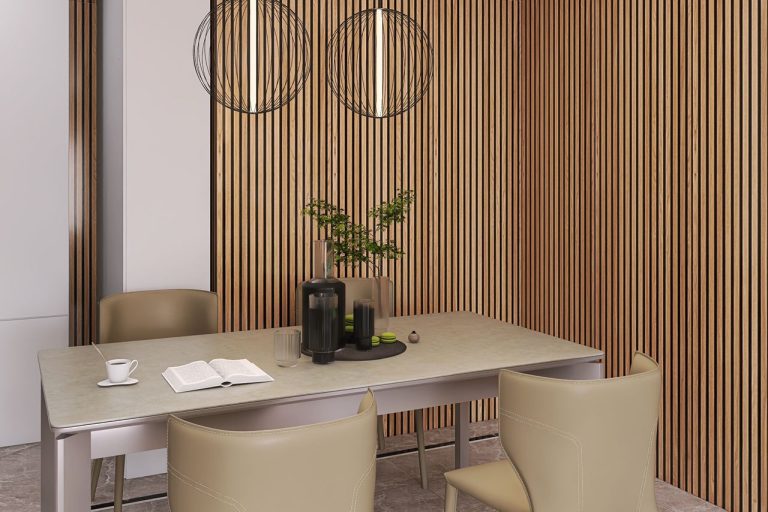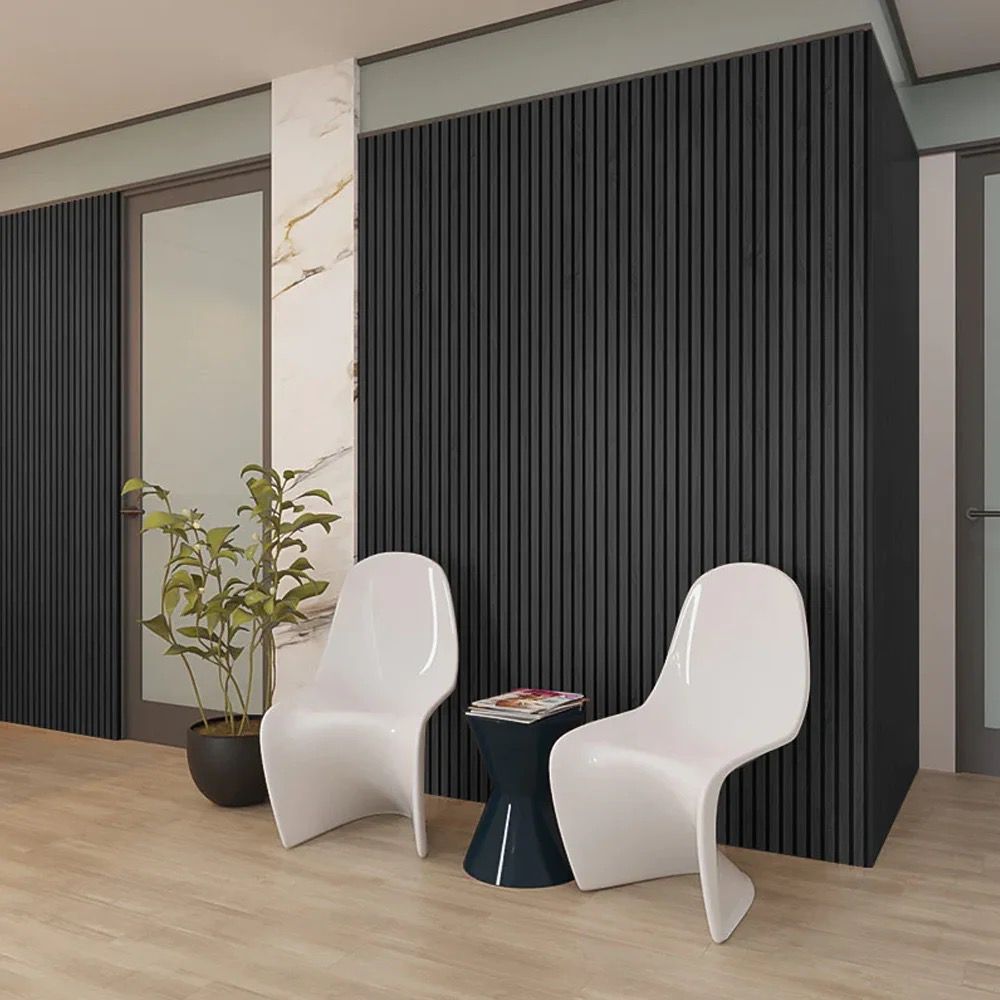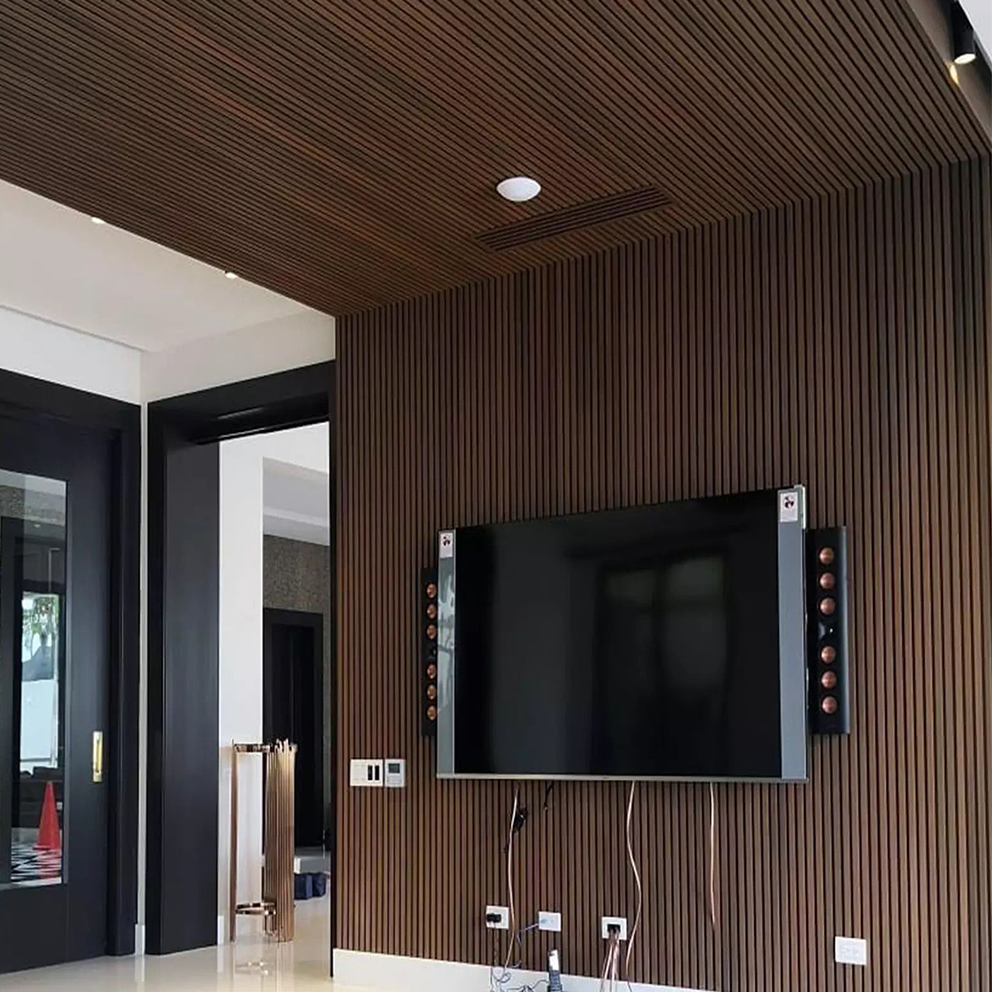Transform Your Space with Wood Slat Wall Panels: A Complete Styling Guide

Transform Your Space with Wood Slat Wall Panels: A Complete Styling Guide
Wood slat wall panels are more than just a design trend—they are a timeless way to add warmth, texture, and sophistication to any space. Whether used for a feature wall or ceiling enhancement,
offers a timeless appeal. This guide will explore innovative ways to incorporate wood slat wall panels into your interiors, maximizing their aesthetic and functional benefits.
Why Wood Slat Wall Panels Are a Must-Have in Interior Design
Wood slat wall panels provide a harmonious balance between style and practicality. Installing
can instantly enhance the aesthetics of any space. Here’s why they’re an excellent addition to any space:
- Aesthetic Appeal: It adds depth and visual interest to walls and ceilings.
- Improved Acoustics: Helps reduce noise levels by absorbing sound waves.
- Versatile Application: It is Suitable for residential and commercial spaces alike.
- Easy Installation: Many panels come in pre-assembled sections for a hassle-free setup.
- Eco-Friendly Options: Available in sustainable and reclaimed wood choices.
Creative Ways to Incorporate Wood Slat Wall Panels
1. Elevate Your Interiors with an Accent Wall
A well-placed wood slat accent wall can serve as the focal point of a room. Here are some ways to use them effectively:
- Living Room: Install behind a TV unit or fireplace to create a striking feature.
- Bedroom: Use as a headboard backdrop for a cozy, textured look.
- Entryway: Make a lasting first impression by incorporating slats in your hallway.
2. Divide Open Spaces with Elegance
Wood slat wall panels can be used to define areas in open-plan layouts without blocking light or airflow. Try these ideas:
- Living & Dining Separation: Use vertical slats to subtly partition spaces while maintaining openness.
- Home Office: Create a stylish work nook in shared spaces without the need for solid walls.
- Loft Areas: Separate sleeping quarters from the rest of the loft while keeping a cohesive design.
3. Enhance Your Ceilings for a Luxe Appeal
Wood slat ceilings add architectural depth and a touch of luxury. Some unique ceiling applications include:
- Dining Areas: Enhances ambiance with a warm, inviting overhead design.
- Commercial Spaces: This is Perfect for restaurants and offices looking to add texture and charm.
- Outdoor Extensions: Use treated wood slats to bring sophistication to patios and verandas.
Design Tips to Make the Most of Wood Slat Wall Panels
Color & Texture Pairing for a Cohesive Look
Choosing the right color and texture can transform the mood of a space. Here’s how:
- Light Woods (Oak, Ash): Ideal for Scandinavian and minimalistic themes.
- Dark Woods (Walnut, Mahogany): Adds richness to classic and industrial-style interiors.
- Painted Finishes: Black or white slats offer a contemporary edge to modern designs.
Minimalist Styling for Maximum Impact
Wood slat wall panels naturally complement minimalist interiors. Keep these in mind:
- Furniture: Opt for sleek, low-profile furniture to let the panels shine.
- Decor: Choose neutral or monochrome accessories for a balanced aesthetic.
- Lighting: Use recessed lighting or LED strips to highlight the panel texture.
Mixing Materials for a Bold Statement
Enhance the appeal of wood slat wall panels by incorporating other materials:
- Glass: Perfect for modern interiors that emphasize openness and light.
- Metal Accents: Industrial-style homes benefit from black or brass hardware.
- Stone & Marble: A fusion of wood and stone creates a luxurious contrast.
FAQ: Common Questions About Wood Slat Wall Panels
Q: Are wood slat wall panels easy to install?
A: Yes! Many come with interlocking designs or mounting systems, making installation simple.
Q: Can wood slat wall panels be used in bathrooms?
A: Yes, but ensure you choose moisture-resistant wood or apply protective sealants.
Q: How do I maintain wood slat panels?
A: Dust regularly and use a damp cloth with mild cleaner for occasional deep cleaning.
Q: Are there eco-friendly options available?
A: Absolutely! Many manufacturers offer reclaimed or sustainably sourced wood options.
Q: Can I customize the spacing of the slats?
A: Yes, you can adjust the slat spacing to achieve different visual effects or acoustic benefits.
Why You Should Embrace Wood Slat Wall Panels
Wood slat wall panels offer an effortless way to elevate your interiors while providing practical benefits like sound absorption and spatial definition. Whether used as an accent wall, a room divider, or a ceiling enhancement, they bring warmth, elegance, and timeless appeal to any setting. The versatility of
makes it an excellent choice for both residential and commercial spaces.




